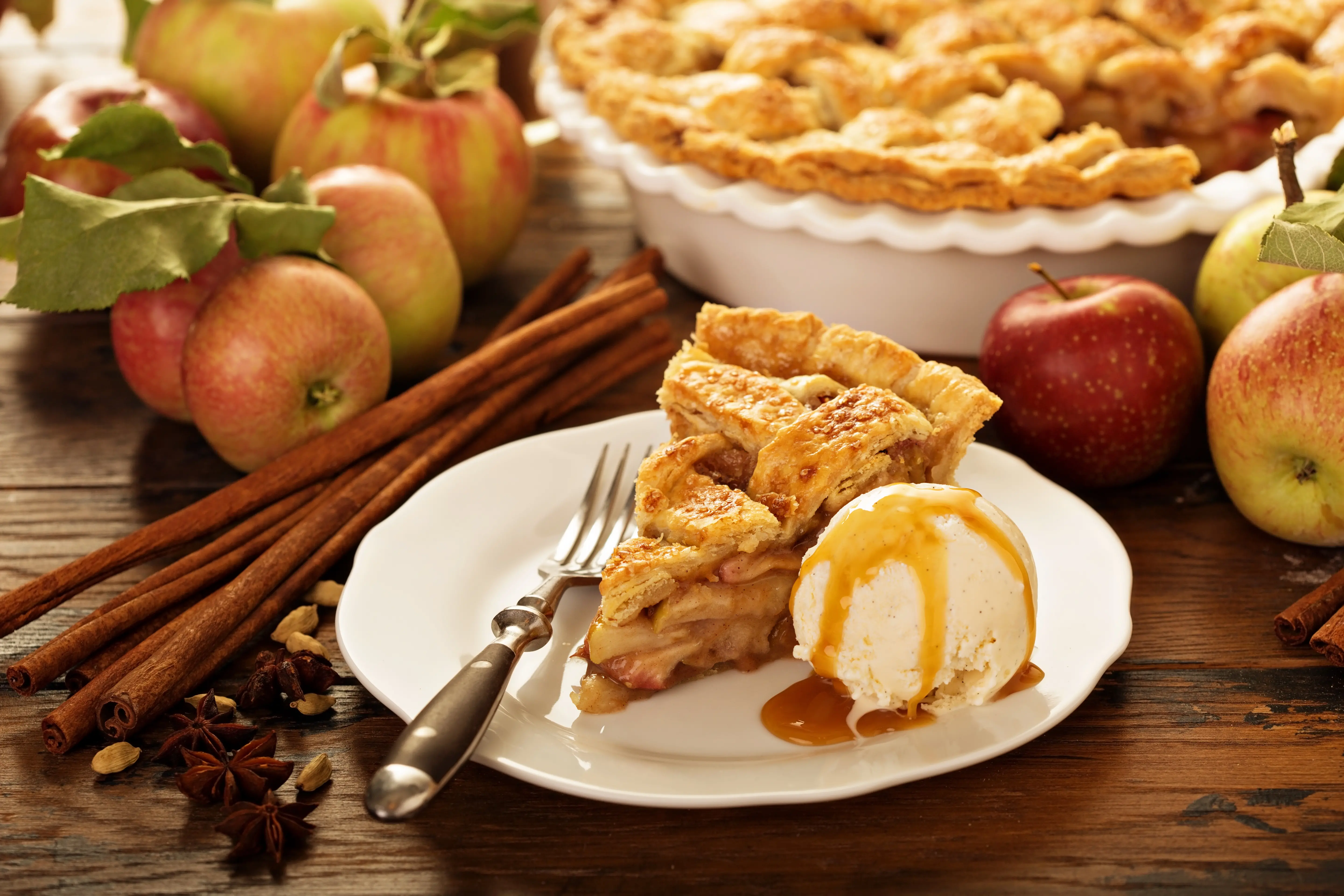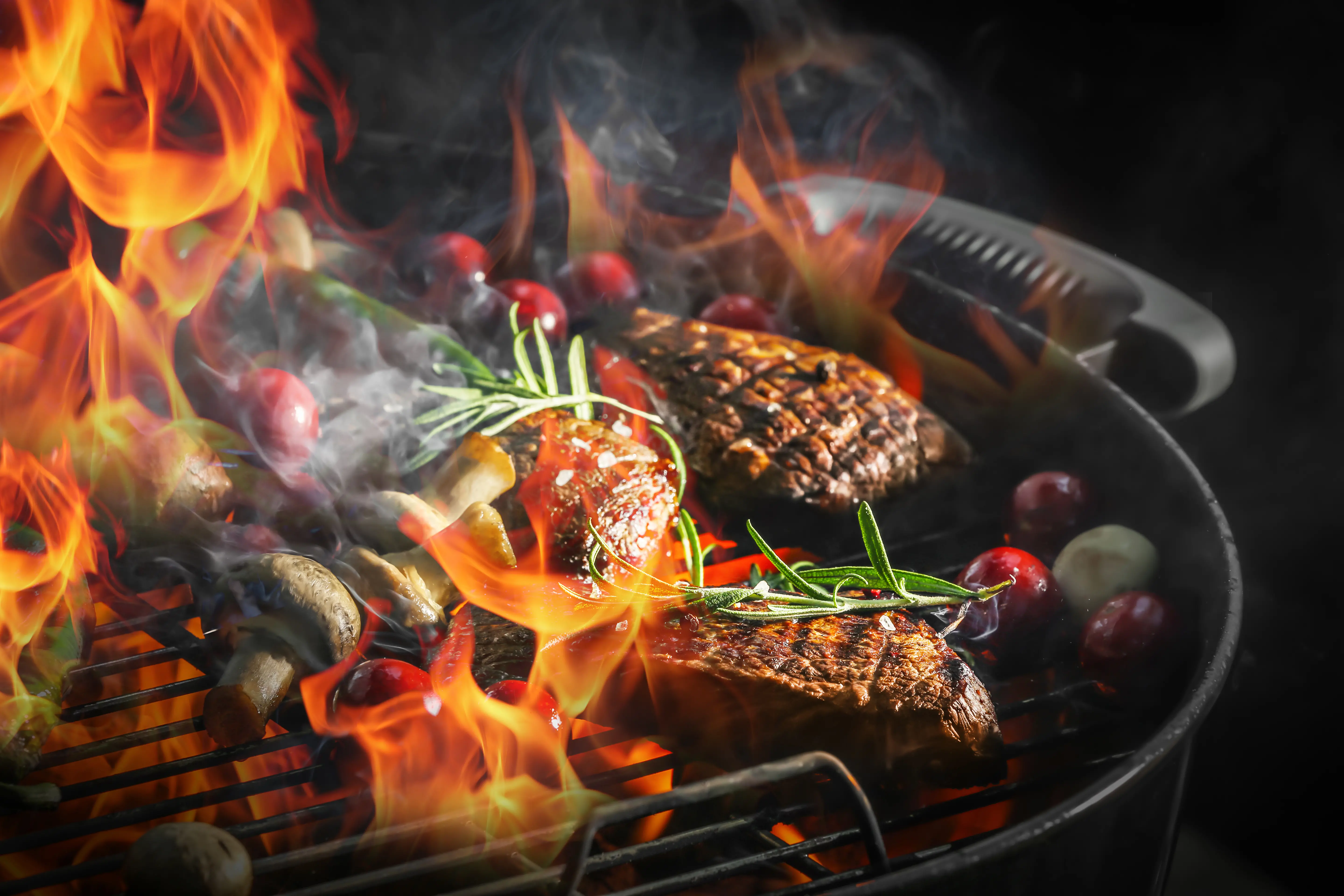As we embark on a culinary journey across the United States, it’s easy to see how the country's vast gastronomic landscape mirrors its cultural diversity. From the bustling streets of New York to the spicy undercurrents of New Orleans, every flavor tells a story, one that speaks of heritage, innovation, and the melting pot of cultures that is uniquely American.
At the heart of US cuisine lies the fusion of indigenous ingredients and international influences. The Native Americans introduced corn, tomatoes, potatoes, and various herbs to the early settlers, forming a foundational food group that would evolve drastically with the arrival of European, African, and Asian immigrants.

Take for instance the creation of the iconic American apple pie. While often considered a quintessentially American dessert, its roots can be traced back to English and Dutch recipes that early settlers brought over. Transformed by the American environment and spirit, the pie was reinvented, using local apples and turning into a national symbol of prosperity and comfort.
Exploring further, we enter the realm of Southern cooking -- a comfort-driven heartland where food is soulfully entwined with community and tradition. Southern fried chicken, a dish with Scottish frying techniques mingled with West African seasoning traditions, became a staple in American households. The process of frying in fat gave birth to a crispy, savory dish that quickly gained popularity. As recipes passed from generation to generation, regional variations like Nashville hot chicken emerged, with a fiery cayenne-infused glaze that excites more than just the taste buds.

No dive into US cuisine would be complete without mentioning barbecue, a cherished institution with regional styles that inspire fierce loyalty and debate. The low-and-slow cooking technique, believed to have been adopted from Caribbean natives, was refined by various American regions. For example, the sweet, sticky Kansas City style contrasted sharply with the vinegar-based tang of the Carolinas, while the dry rubs of Memphis and the mesquite-grilled meats of Texas are signature styles within this broad culinary church.
Turning our attention to the cosmopolitan East Coast, we encounter the Jewish deli, an institution in New York City. Delis like Katz's and Carnegie brought pastrami, corned beef, and bagels with lox to the American table, reflecting the vast Jewish diaspora that settled in urban America. The food here is a mix of tradition and adaptation, with recipes handed down and modified to suit new ingredients and palates.
Moving to the Midwest, we find a hearty, agricultural influence in dishes like the Chicago deep-dish pizza. This weighty pie, loaded with cheese, sausage, and a thick tomato sauce atop a buttery crust, embodies the American ethos of more-is-more. It is the Italian-American influence supersized, and a staple that has won hearts far beyond the Windy City.
As we traverse towards the Southwest, Mexican influences reign supreme. Tex-Mex cuisine, a regional style that blends Mexican and American tastes, has introduced the world to hearty chili con carne, savory fajitas and the ever-popular nachos. The Tex-Mex palette, while sometimes spicier and more robust than traditional Mexican food, reflects the adaptability and resilience of cultural mixing, offering a taste that is emphatically Texan yet inherently connected to its Mexican roots.
Further west, California stands out as a leader in the fresh food movement, embracing local, organic, and sustainable practices long before they became trendy. The California roll, an inside-out sushi roll with crab and avocado, represents this clean and health-conscious approach. The state's bountiful produce also revolutionized the salad world with the Cobb salad, a garden-fresh assembly that has become a quintessential American dish.
When it comes to US cuisine, we cannot ignore urban street food, a bustling theatre of flavors where quick, delicious, and accessible meals reign. From the come-as-you-are food trucks of Portland serving Korean tacos to the halal carts of NYC dishing out shawarma over rice, this is where innovation meets tradition head-on, often out of necessity, giving birth to hybrid dishes that could only have been created in the melting pot of America.
Moreover, California's burgeoning wine country and the craft beer movement that has swept across the nation show that American flavors extend beyond the plate. The United States has emerged as a global leader in wine production, with regions like Napa and Sonoma gaining international admiration. Meanwhile, from Vermont's hazy IPAs to Colorado's robust stouts, American breweries are pushing the envelope, creating beers that are as complex and diverse as their culinary counterparts.
In conclusion, exploring US cuisine is more than a mere indulgence of the palate; it's a historical tapestry rich with the threads of countless narratives and a testament to American creativity. The dynamic nature of the cuisine continues to evolve with each new wave of immigrants and innovation, ensuring that the melting pot of flavors remains as vibrant and surprising as ever. Whether you're biting into a juicy cheeseburger, savoring a slice of key lime pie, or contemplating the origins of your California roll, one thing is certain: every taste is a story, and each story is a piece of the ever-changing American culinary saga.
